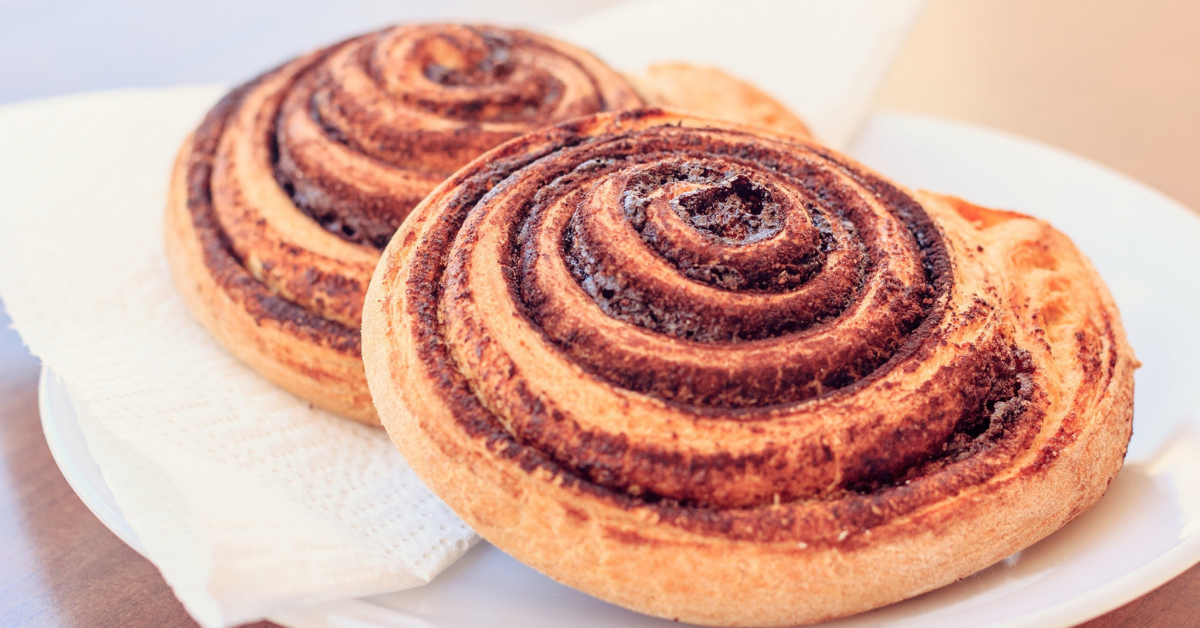
I should be able to end this with a simple no, right? But I won't. The question warrants some explanation.
Baked goods generally refer to breads: donuts, cookies, rolls, biscuits, bagels, cakes, pastries, etc. These are normally loaded with three types of carbohydrates as identified by the American Diabetes Association. Not just sugar, but starches and sometimes fiber as well. There are many who believe that people with diabetes cannot, or should not, eat sources of carbohydrates. But another widely believed and accepted philosophy is that moderation is more helpful than deprivation. In other words, sometimes it is more practical and sustainable to manage your carb intake rather than eliminate carbs completely
Here are a few ways to continue enjoying baked goods while managing diabetes.
If you bake at home, consider adjusting the recipes you normally make to reduce carbohydrates that raise blood sugar and cause weight gain while increasing dietary fiber. Try these out:
Low-carb Corn Muffins by Nikki Sheriff. This recipe replaces some of the white flour with almond flour and uses Splenda brown sugar instead of regular brown, reducing total sugar content. No flavor sacrificed. 8g net carbohydrates per muffin.
Almond Cream Cake by Chef Ward Alper, the Decadent Diabetic. Again, using almonds to replace some of the flour, as well as your preferred sugar substitute, total carbs are reduced. This cake touts 15.5g net carbs per serving, frosting included.
Flourless Chocolate Cake by Chef Robert Lewis, the Happy Diabetic. While this recipe does contain regular granulated sugar, this 29.5 net-carbs-per-serving cake contains no white flour at all. To reduce total carbohydrates even further, consider replacing some of the sugar with an alternative sweetener.
Just because it is sitting in front of you doesn’t mean you have to eat the whole thing. Someone brought donuts into the office? Cut one in half. Just baked some fresh cookies? Just have 1 or 2. You can enjoy sweet treats without overdoing it.
Read labels. Most foods come with some sort of label that explains how many carbohydrates, fats, proteins and other nutrients are in a serving. It also specifies a serving size. But be careful...this isn’t a perfect science. As Jennifer Okemah, CDCES explains, a serving is not a portion. A label might tell you how many carbohydrates are in a cinnamon bun as a “serving” but if the bun is enormous, perhaps the right portion might be half.
Whether type 1 or type 2, blood sugar is one of the most important health metrics for someone with diabetes to think about. But there are other health factors to think about as well that affect everybody whether they have diabetes or not. Are you trying to reach a weight goal? Do you exercise enough to burn the calories of adding a daily muffin with your coffee? How’s your heart health?
If you have goals, don’t let a pastry block you from achieving it. Be mindful of what you’re eating and how it affects your health metrics. I’d bet you can “mmmmm” and” ahhhh” over an occasional buttery roll without losing your way.
Discuss your health goals with your doctor or one of our Health Advisors to establish a plan for achieving them without feeling deprived. Come up with a daily carbohydrate limit for yourself that supports your individual goals and gives you allowance to make food choices. Eat the role and replace a high-carb item in your next meal with a low-carb item. Exchanges like this give you room to enjoy your favorite foods without giving up on your goals. Balance is key.